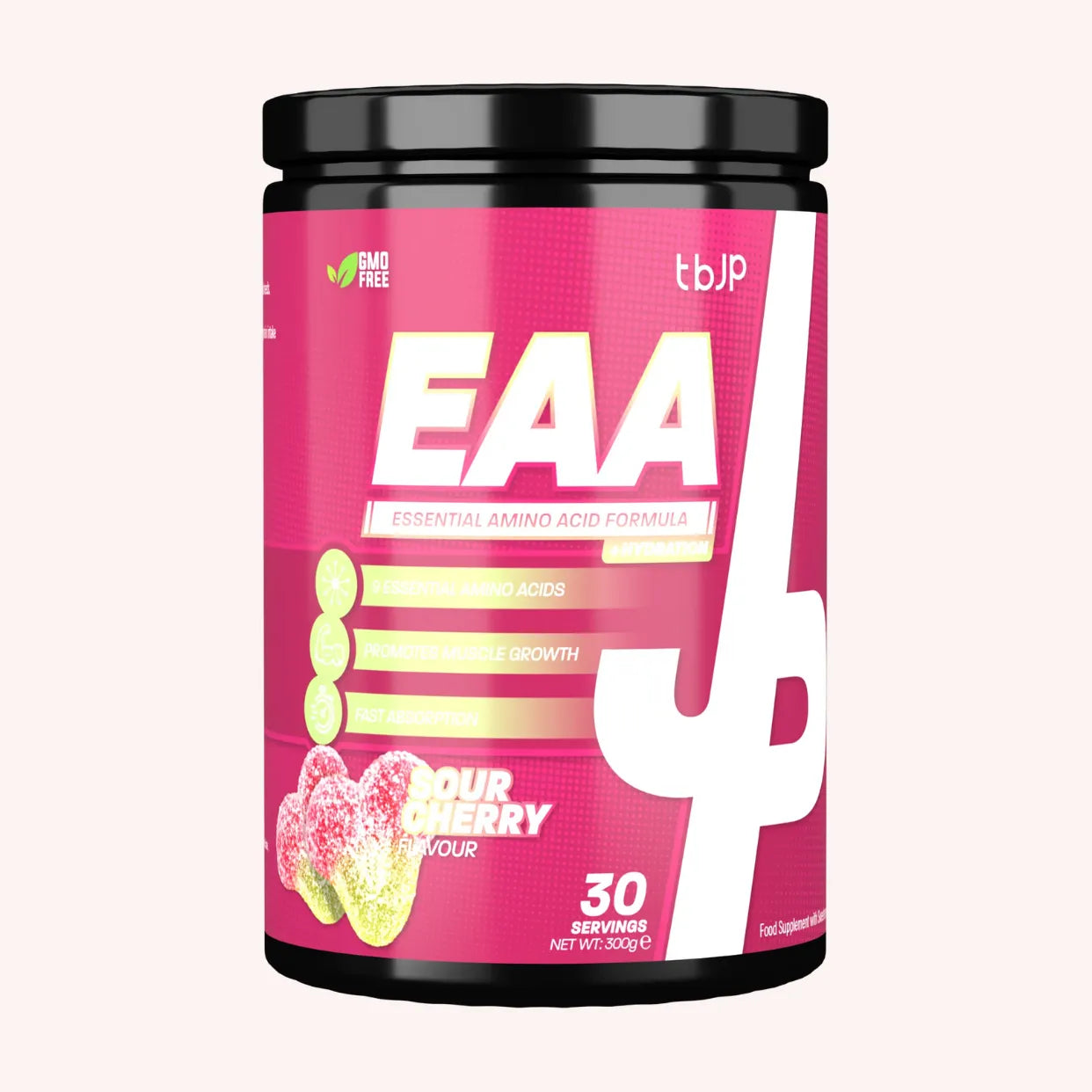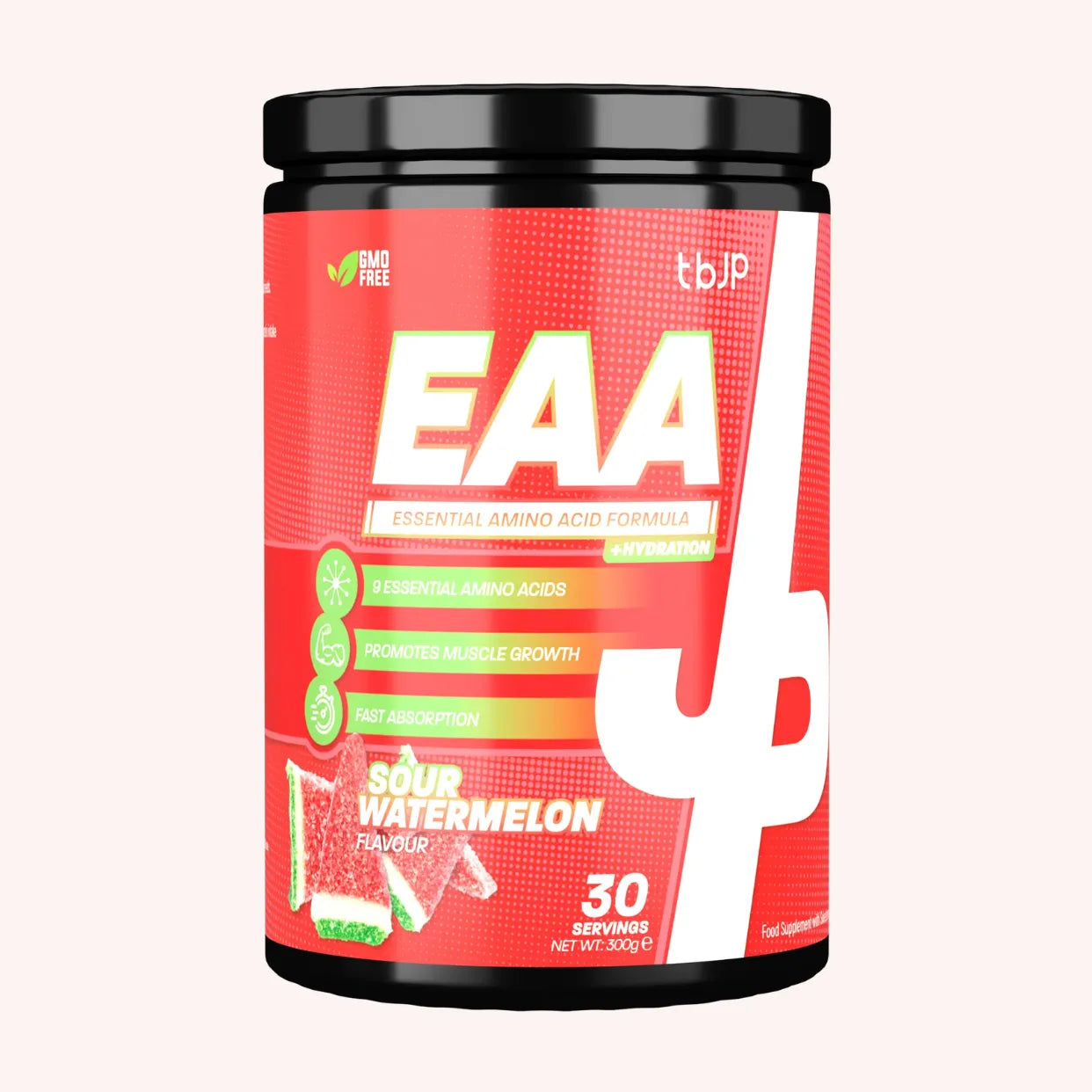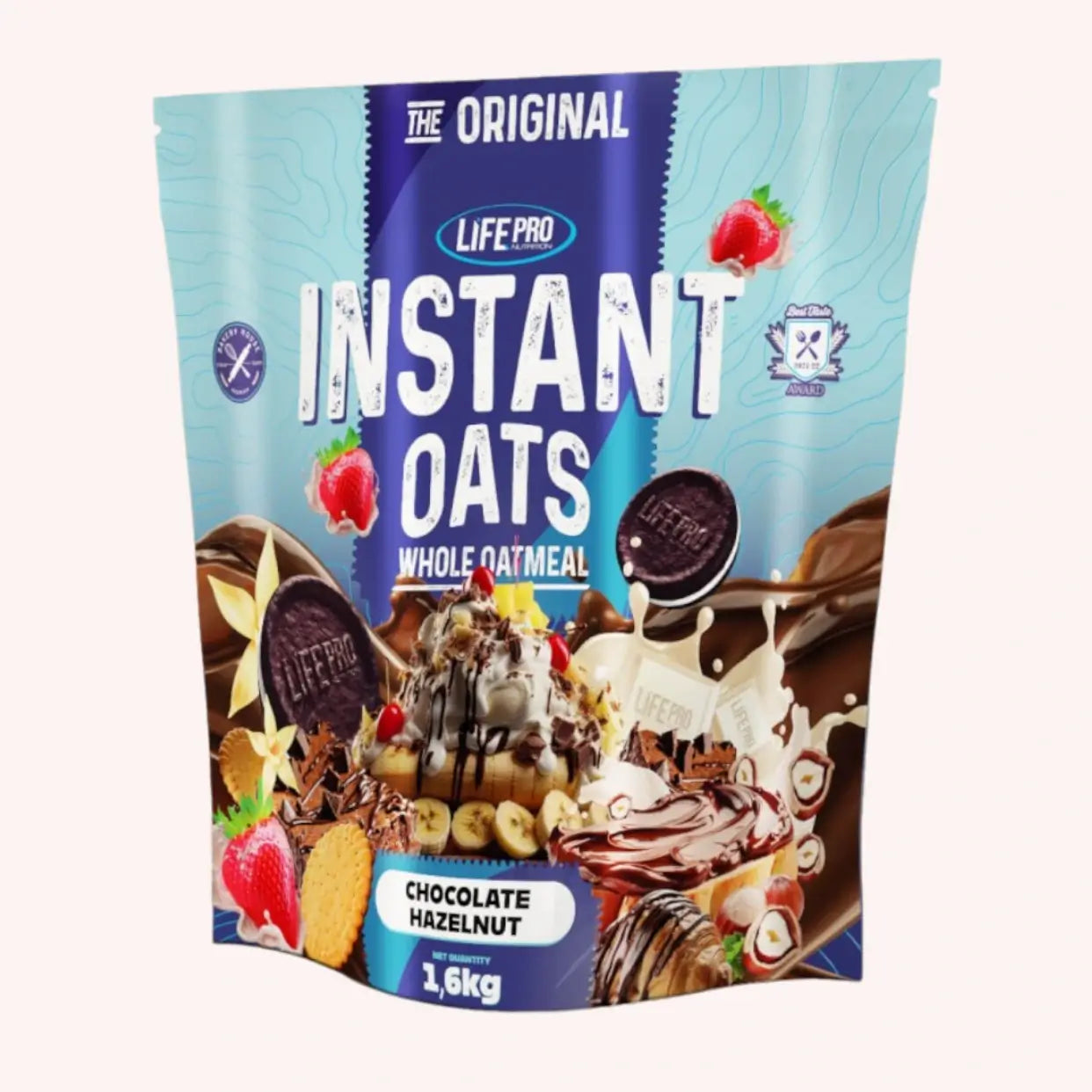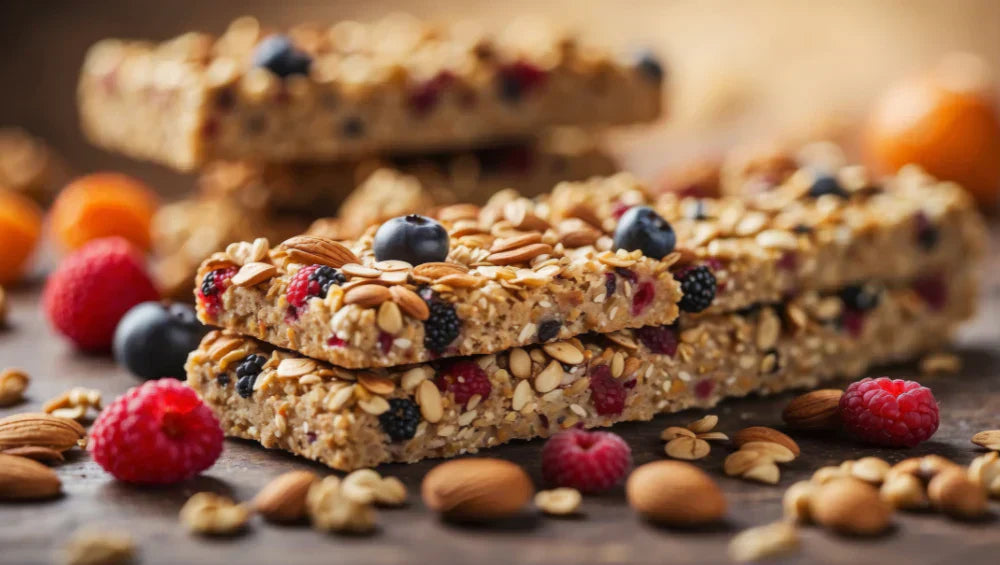Back training is an important part of any strength training routine. A strong back is not only essential for posture, but also for preventing injuries, improving functional strength, and optimizing performance in various sports. However, for back training to be effective, it must be approached with strategy, technique, and variety.
In this article, we'll explore the best techniques, effective exercises, and practical tips for a complete back workout . The goal? To help you strengthen your muscles, prevent lower back pain, and achieve lasting results.
Why Back Training Is Crucial
The back is made up of several essential muscle groups, such as the trapezius, rhomboids, latissimus dorsi, and lumbar muscles. These muscles play a key role in almost every movement we make in our daily lives, whether it's lifting, running, or simply maintaining good posture.
Studies have shown that back muscle strengthening is crucial not only for athletic performance but also for injury prevention. For example, according to the study by Zemková and Zapletalová (1), core strengthening , including back exercises, is beneficial for athletes and helps prevent pain.
The main back muscles to target
Effective back training isn't just about working a single muscle group; it involves targeting different specific areas of the body. Understanding the anatomy of the back and the role of each muscle is essential for choosing the right exercises to maximize the effectiveness of your program. Here's a detailed look at the main back muscles and the exercises that can help you strengthen them specifically.
The trapezius muscles: The stabilizers of the upper back
The trapezius muscles are diamond-shaped muscles that run the length of the back, from the base of the skull to the middle of the back. They are divided into three distinct parts: the upper trapezius , the middle trapezius , and the lower trapezius , each with specific functions. These muscles are essential for shoulder mobility and stability, as well as overall posture.
-
Main functions:
- The upper trapezius elevates the shoulders and assists in neck rotation .
- The middle trapezius is responsible for retraction of the shoulder blades , that is, the movement that brings the shoulder blades closer to the spine.
- The lower trapezius helps to lower the shoulder blades and stabilize the cervical and thoracic regions of the spine.
-
Recommended exercises:
- Barbell Row: A pulling exercise that intensely works the middle and lower trapezius , while also engaging the posterior deltoids and lats .
- Shrugs (shoulder shrugs) with dumbbells or barbell: Specifically targets the upper trapezius , strengthening shoulder elevation and cervical stability.
- High Pulley Face Pull: Excellent for working the middle and upper trapezius muscles, while strengthening shoulder muscles and improving posture.
The latissimus dorsi: The key muscle for back width
The latissimus dorsi are the largest muscles in the back. They extend from the ribs and spine to the arms and form most of the width of the back. Their role is fundamental for pulling movements and core stabilization. They also play a crucial role in improving posture by maintaining the correct position of the spine.
-
Main functions:
- The lats are responsible for pulling the arms down , which is essential in many pulling movements.
- They also help maintain spinal stability during strength training and functional movements.
- These muscles are essential for back width , which creates a "V" shaped silhouette.
-
Recommended exercises:
- Pull-ups: Performing this exercise correctly effectively engages the lats while improving functional strength.
- Lat Pulldown: A great exercise for isolating the lats , especially when done with a wide grip. This helps work the width of the back .
- Horizontal rowing with a bar, pulley or dumbbells: This movement not only works the latissimus dorsi, but also the rhomboids and trapezius muscles, contributing to a balanced and well-developed back.
Rhomboids and Lower Back (Lumbar Muscles): Stability and Pain Prevention
The rhomboids are small muscles located between the shoulder blades. Although often overlooked, they play an important role in stabilizing the spine and shoulder blades. The lower back , on the other hand, is made up of the lumbar muscles (including the erector spinae ), which are responsible for core stability and spinal flexibility.
-
Main functions:
- The rhomboids allow the retraction of the shoulder blades , which helps maintain an upright posture and stabilizes the shoulders. They play a role in pulling movements.
- The lower back helps with trunk alignment, preventing lower back pain that can occur due to weak or poorly developed muscles.
-
Recommended exercises:
- Inverted Row: An excellent exercise for engaging the rhomboids, as well as the trapezius and deltoids. It helps improve scapular stability and overall posture.
- Face Pulls: This movement strengthens the rhomboids, while also engaging the middle traps and posterior deltoids. It is ideal for improving posture and shoulder stability.
- Lumbar Extensions: Performed using a lumbar bench or on the floor, this exercise directly targets the lumbar muscles, strengthening the lower back and reducing the risk of injury.
- Deadlift: A complete exercise that works not only the lower back, but also the lats , hamstrings, and glutes. It strengthens the entire posterior chain, contributing to core stability.
- Good Mornings: A forward bending movement that strengthens the lower back and hamstrings. It is particularly effective for developing posterior chain strength and flexibility.
The Best Exercises for a Strong, Balanced Back
An effective back workout program includes a variety of exercises that target different muscle areas. Here are the most recommended exercises for strengthening each part of your back.
Barbell rowing
The barbell row is one of the most effective exercises for working the entire back, including the trapezius , rhomboids , and latissimus dorsi . This exercise involves a horizontal pulling motion that recruits a large portion of the back muscles.
Execution :
- Place a barbell in front of you, take it with a pronated grip (palms facing down).
- Tilt your torso at a 45° angle, keeping your back straight.
- Pull the bar toward your abdomen while squeezing your shoulder blades together.
- Slowly lower the bar to the starting position.
Tip: Do not round your back while performing to avoid injury.
Vertical draw
This exercise is essential for primarily targeting the lats . The pulley pulldown is a great way to increase back width while also engaging the biceps.
Execution :
- Sit on the pulley bench and grab the bar with a wide grip.
- Pull the bar up toward your chest by lowering your elbows.
- Slowly return to the starting position.
Tip: Keep a firm grip and avoid leaning too far back during the movement.
Horizontal draw
The horizontal row is an excellent exercise for engaging the muscles of the mid-back, including the rhomboids , trapezius , and latissimus dorsi . It is also beneficial for working the biceps and other core stabilizing muscles. This exercise can be performed with a barbell, dumbbells, or a low pulley.
Execution :
- Sit facing the machine or bar, with your feet firmly planted on the floor.
- Grasp the bar with a neutral (palms facing each other) or pronated (palms facing down) grip.
- Pull the bar or handles toward your stomach while squeezing your shoulder blades together and keeping your elbows close to your body.
- Pause at the point of contraction, then slowly release.
Tip: Keep your elbows slightly bent and avoid pulling too hard with your arms. The goal is to focus the effort on contracting your rhomboids and trapezius muscles rather than just engaging your arms.
Lumbar extensions
This exercise is great for strengthening the lower back muscles, which are often overlooked but crucial for back health and pain prevention.
Execution :
- Lie on an adjustable incline bench with your feet supported.
- Bend your knees slightly and slowly lower yourself forward.
- Return to the starting position by engaging your lower back muscles.
Tip: Do not force the movement and do not go too low to avoid excessive stress on the spine.
The importance of warm-up and cool-down
- Warm-up: Before back training, a proper warm-up is recommended to prevent injuries and prepare the muscles for exercise. Using resistance bands gently activates back muscles, such as the trapezius and rhomboids. Dynamic stretches , such as spinal rotations and shoulder stretches , increase mobility and circulation. It's also important to start with light weights and gradually increase the load to avoid injury.
- Recovery: After training, recovery is essential to maximize muscle gains and reduce tension. Static stretching and rolling help loosen muscles and improve circulation. A post-workout diet rich in protein and well-hydrated is also essential to promote muscle repair and growth.
A proper warm-up and a good cool-down are key elements for a successful workout.
Back muscle building program: Beginner, intermediate, advanced
| Level | Exercise | Series | Rehearsals | Rest time | Description |
| Beginner | Pulley Rowing (Wide Grip) | 3 | 12-15 | 2 minutes | Horizontal pull-up exercise to activate the back muscles (trapezius, rhomboids). Use a light weight to learn the technique. |
| Lumbar extensions (without weights) | 4 | 15-20 | 1-2 minutes | Exercise targeting the lower back muscles. Core work to strengthen the lower back. | |
| Vertical pulley row | 3 | 12-15 | 1-2 minutes | Targets the lats. Use a wide grip to maximize activation of this muscle area. | |
| Intermediate | Rowing bar (pronated grip) | 3 | 10-12 | 2 minutes | Horizontal pull exercise with a bar, more load to increase intensity. |
| Deadlift (moderate load) | 4 | 8-10 | 2 minutes | A basic exercise for the entire back, especially the lower back. Be sure to maintain good form. | |
| Horizontal pulley pull | 3 | 10-12 | 2 minutes | Exercise to strengthen the mid-back and improve posture. | |
| Advance | Barbell rowing (wide grip, heavy) | 3 | 8-10 | 2 minutes |
Barbell rows target your entire back by increasing the load. Use heavier weights to engage more fibers. |
| Deadlift (heavy) | 4 | 6-8 | 2 minutes | Maximum weight deadlift. This is one of the best exercises for strengthening the entire back. | |
| Vertical pull (wide, heavy grip) | 3 | 8-10 | 2 minutes | Pull with a wide grip to intensely work the lats and improve back width. | |
| Horizontal pull (neutral grip) | 3 | 8-10 | 1 minute | Targets the mid-back and trapezius muscles, and works both back width and thickness. |
Additional explanations:
- Beginner: The beginner program focuses on learning technique and muscle activation . Loads should be light to avoid injury. Rest time is relatively short to maintain good fluidity and promote learning the movements.
- Intermediate: At this level, you are able to handle heavier loads . The program includes compound exercises such as deadlifts to stimulate the back muscles more deeply. Rest time is longer to allow your muscles to recover after more intense efforts.
- Advanced: The goal here is to maximize muscular performance with heavier loads and higher training volume. The deadlift , in particular, is an excellent exercise for testing the strength and recovery capacity of the back muscles. Rest periods are longer to allow for better recovery between sets, especially on heavier weight exercises.
Advice :
- Listen to your body: If you're a beginner, don't try to increase the weight too quickly. Master the technique first.
- Progression: When you feel you can do all the repetitions without difficulty, it is time to slightly increase the loads or repetitions.
- Recovery: Don't underestimate the role of recovery, including good sleep, proper nutrition (especially protein like whey ), and stretching after each session.
Back Workout Program at Home
Working out at home can be just as effective as working out at the gym, provided you choose the right exercises. To strengthen and sculpt your back, you can work effectively without complex equipment. Here's a complete workout program you can do at home with little or no equipment.
| Exercise | Targeted muscles | Execution | Series / Rehearsals | Rest |
| Warm-up with elastic band | Trapezius, latissimus dorsi, rhomboids, shoulders | Hold a resistance band with both hands at shoulder height. Extend your arms back, maintaining tension on the band, then slowly return to the starting position. | 2-3 sets of 15-20 reps | 30 seconds |
| Superman | Lower back, glutes, shoulders | Lie down: Stomach on the floor with arms outstretched. Lift your arms and legs simultaneously, maintaining a slight curve in your lower back. Hold for 2-3 seconds. | 3 sets of 12-15 reps | 30 to 45 seconds |
| Rowing with elastic | Trapezius, rhomboids, latissimus dorsi | Secure the resistance band to a stable point. Hold the resistance band with both hands, arms extended in front of you. Pull your arms back while squeezing your shoulder blades together, then slowly return to the starting position. | 4 sets of 12-15 reps | 1 minute |
| Seated elastic pull-up | Latissimus dorsi, trapezius | Sit with your legs stretched out in front of you. Place the resistance band around your feet and hold the ends. Pull the handles toward you, keeping your arms close to your body and squeezing your shoulder blades together. | 4 sets of 12-15 reps | 1 minute |
| Pumps | Triceps, shoulders, trapezius | In a classic push-up position, place your hands together under your shoulders. Lower your chest until it's close to the floor, then push up with your arms to return to the starting position. | 3 sets of 10-15 repetitions | 2 minutes |
Nutrition and Supplementation for a Stronger Back
Proper nutrition is essential to optimize back training. Protein , especially whey , is crucial for muscle repair and growth after exercise. According to a study by Schoenfeld and Aragon (2), it is recommended to spread protein throughout the day to optimize muscle synthesis. BCAAs (branched-chain amino acids) are also useful during training to prevent muscle catabolism and promote recovery.
Complex carbohydrates , such as oatmeal and sweet potato flour , provide sustained energy for training and help restore glycogen stores after exercise. Healthy fats (found in avocados and nuts ) play a key role in hormone production and vitamin absorption.
In addition to these macronutrients, proper hydration and micronutrients (such as magnesium and vitamin D) are essential for proper muscle function and performance. A balanced diet, combined with proper training, will help effectively strengthen and develop your back.
Conclusion: Strengthen your back for better health
Back training isn't just for bodybuilders or elite athletes. Whether you're a recreational athlete , a strength training practitioner, or someone looking to prevent back pain, strengthening this key area of your body is essential. A strong back not only contributes to better posture, but also to better performance in other exercises.
If you follow a well-structured training program, with exercises tailored to your goals, and combine this with proper nutrition, you will be well on your way to achieving a sculpted, pain-free back.
Sources:
- Zemková, E., & Zapletalová, L. (2021). Back Problems: Pros and Cons of Core Strengthening Exercises as a Part of Athlete Training. International Journal of Environmental Research and Public Health, 18(10), 5400. DOI: https://www.mdpi.com/1660-4601/18/10/5400
- Schoenfeld, B., & Aragon, A. (2018). How much protein can the body use in a single meal for muscle-building? Implications for daily protein distribution. Journal of the International Society of Sports Nutrition, 15, 1. DOI: https://www.tandfonline.com/doi/full/10.1186/s12970-018-0215-1














